Hyundai i30 vs Mitsubishi ASX – Which model is better for everyday use?
Everyday use, family trips or long-distance drives – here’s where the differences show.
Discover whether Hyundai i30 or Mitsubishi ASX fits your lifestyle better.
Costs and Efficiency:
When it comes to price and running costs, the biggest differences usually appear. This is often where you see which car fits your budget better in the long run.
Mitsubishi ASX has a somewhat advantage in terms of price – it starts at 20600 £, while the Hyundai i30 costs 24000 £. That’s a price difference of around 3429 £.
Fuel consumption also shows a difference: Mitsubishi ASX manages with 4.40 L and is therefore clearly perceptible more efficient than the Hyundai i30 with 5.70 L. The difference is about 1.30 L per 100 km.
Engine and Performance:
Power, torque and acceleration say a lot about how a car feels on the road. This is where you see which model delivers more driving dynamics.
When it comes to engine power, the Mitsubishi ASX has a to a small extent edge – offering 158 HP compared to 140 HP. That’s roughly 18 HP more horsepower.
In acceleration from 0 to 100 km/h, the Mitsubishi ASX is somewhat quicker – completing the sprint in 8.50 s, while the Hyundai i30 takes 9.60 s. That’s about 1.10 s faster.
In terms of top speed, the Hyundai i30 performs barely noticeable better – reaching 197 km/h, while the Mitsubishi ASX tops out at 180 km/h. The difference is around 17 km/h.
There’s also a difference in torque: Mitsubishi ASX pulls slight stronger with 270 Nm compared to 253 Nm. That’s about 17 Nm difference.
Space and Everyday Use:
Whether family car or daily driver – which one offers more room, flexibility and comfort?
Both vehicles offer seating for 5 people.
In curb weight, Hyundai i30 is slight lighter – 1291 kg compared to 1296 kg. The difference is around 5 kg.
In terms of boot space, the Mitsubishi ASX offers a bit more room – 484 L compared to 395 L. That’s a difference of about 89 L.
In maximum load capacity, the Mitsubishi ASX performs slightly better – up to 1596 L, which is about 295 L more than the Hyundai i30.
When it comes to payload, Hyundai i30 to a small extent takes the win – 509 kg compared to 449 kg. That’s a difference of about 60 kg.
Who wins the race?
The Mitsubishi ASX proves to be is largely superior and therefore becomes our DriveDuel Champion!
Mitsubishi ASX is the better all-rounder in this comparison.

Mitsubishi ASX
Hyundai i30
The Hyundai i30 stands out in the hatchback segment with its sleek design and modern features. It offers a comfortable ride with a well-crafted interior that caters to both driver and passengers. With its emphasis on safety and technology, the i30 provides a balanced driving experience suitable for urban and suburban environments.
details @ hyundai.news
@ hyundai.news
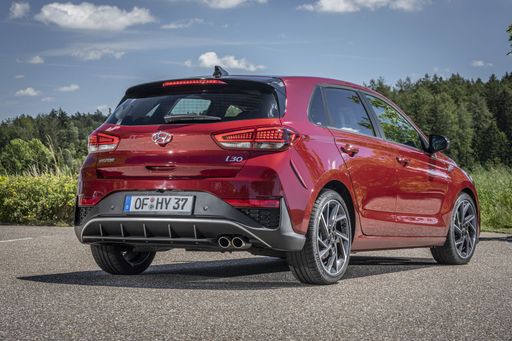 @ hyundai.news
@ hyundai.news
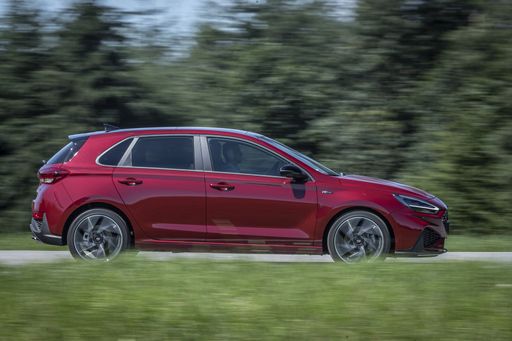 @ hyundai.news
@ hyundai.news
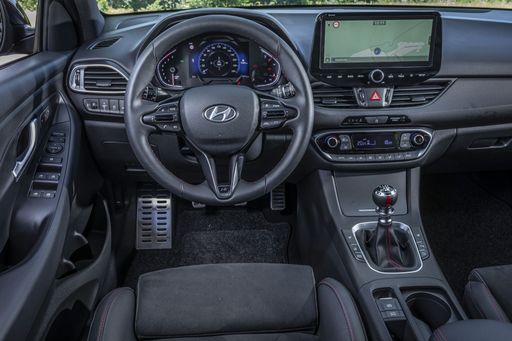 @ hyundai.news
@ hyundai.news
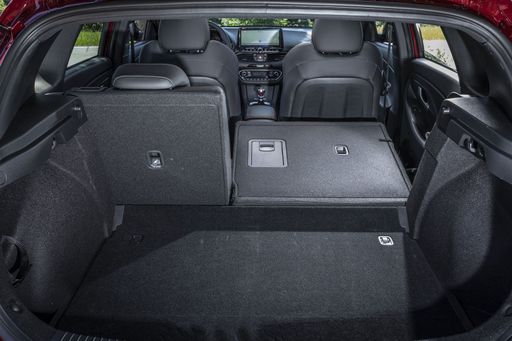 @ hyundai.news
@ hyundai.news
Mitsubishi ASX
The Mitsubishi ASX presents itself as a compact crossover that combines practicality with style. Its sleek design and versatile interior make it an appealing choice for both urban and rural settings. With a focus on providing a comfortable driving experience, the ASX also offers a range of modern features that enhance connectivity and safety.
details @ Mitsubishi
@ Mitsubishi
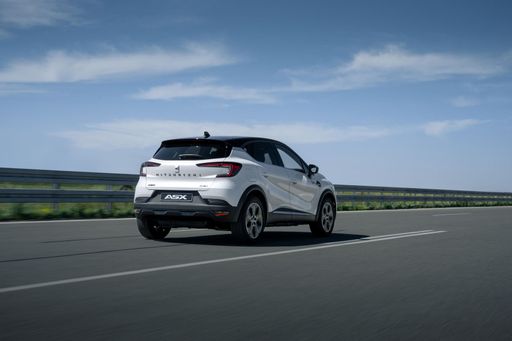 @ Mitsubishi
@ Mitsubishi
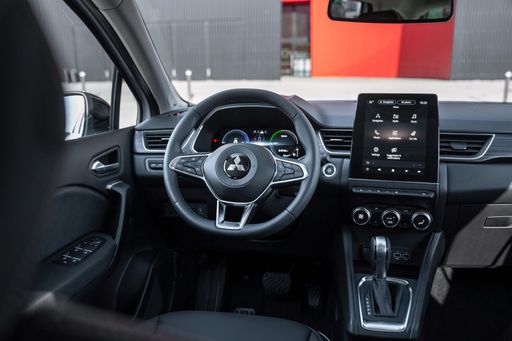 @ Mitsubishi
@ Mitsubishi
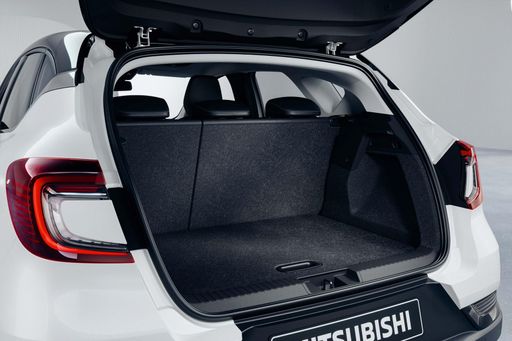 @ Mitsubishi
@ Mitsubishi

|

|
|
|
|
Costs and Consumption |
|
|---|---|
|
Price
24000 - 29300 £
|
Price
20600 - 32500 £
|
|
Consumption L/100km
5.7 - 6 L
|
Consumption L/100km
4.4 - 6 L
|
|
Consumption kWh/100km
-
|
Consumption kWh/100km
-
|
|
Electric Range
-
|
Electric Range
-
|
|
Battery Capacity
-
|
Battery Capacity
-
|
|
co2
130 - 136 g/km
|
co2
99 - 135 g/km
|
|
Fuel tank capacity
50 L
|
Fuel tank capacity
48 L
|
Dimensions and Body |
|
|---|---|
|
Body Type
Hatchback
|
Body Type
SUV
|
|
Seats
5
|
Seats
5
|
|
Doors
5
|
Doors
5
|
|
Curb weight
1291 - 1407 kg
|
Curb weight
1296 - 1493 kg
|
|
Trunk capacity
395 L
|
Trunk capacity
348 - 484 L
|
|
Length
4340 mm
|
Length
4239 mm
|
|
Width
1795 mm
|
Width
1797 mm
|
|
Height
1455 mm
|
Height
1575 mm
|
|
Max trunk capacity
1301 L
|
Max trunk capacity
1458 - 1596 L
|
|
Payload
463 - 509 kg
|
Payload
397 - 449 kg
|
Engine and Performance |
|
|---|---|
|
Engine Type
Petrol, Petrol MHEV
|
Engine Type
Petrol, Petrol MHEV, Full Hybrid
|
|
Transmission
Manuel, Automatic
|
Transmission
Manuel, Automatic
|
|
Transmission Detail
Manual Gearbox, Dual-Clutch Automatic
|
Transmission Detail
Manual Gearbox, Dual-Clutch Automatic, Automatic Gearbox
|
|
Drive Type
Front-Wheel Drive
|
Drive Type
Front-Wheel Drive
|
|
Power HP
100 - 140 HP
|
Power HP
91 - 158 HP
|
|
Acceleration 0-100km/h
9.6 - 13.1 s
|
Acceleration 0-100km/h
8.5 - 14 s
|
|
Max Speed
178 - 197 km/h
|
Max Speed
168 - 180 km/h
|
|
Torque
172 - 253 Nm
|
Torque
160 - 270 Nm
|
|
Number of Cylinders
3 - 4
|
Number of Cylinders
3 - 4
|
|
Power kW
74 - 103 kW
|
Power kW
67 - 116 kW
|
|
Engine capacity
998 - 1482 cm3
|
Engine capacity
999 - 1789 cm3
|
General |
|
|---|---|
|
Model Year
2024
|
Model Year
2024 - 2025
|
|
CO2 Efficiency Class
D, E
|
CO2 Efficiency Class
D, C
|
|
Brand
Hyundai
|
Brand
Mitsubishi
|
What drive types are available for the Hyundai i30?
Available configurations include Front-Wheel Drive.
The prices and data displayed are estimates based on German list prices and may vary by country. This information is not legally binding.
